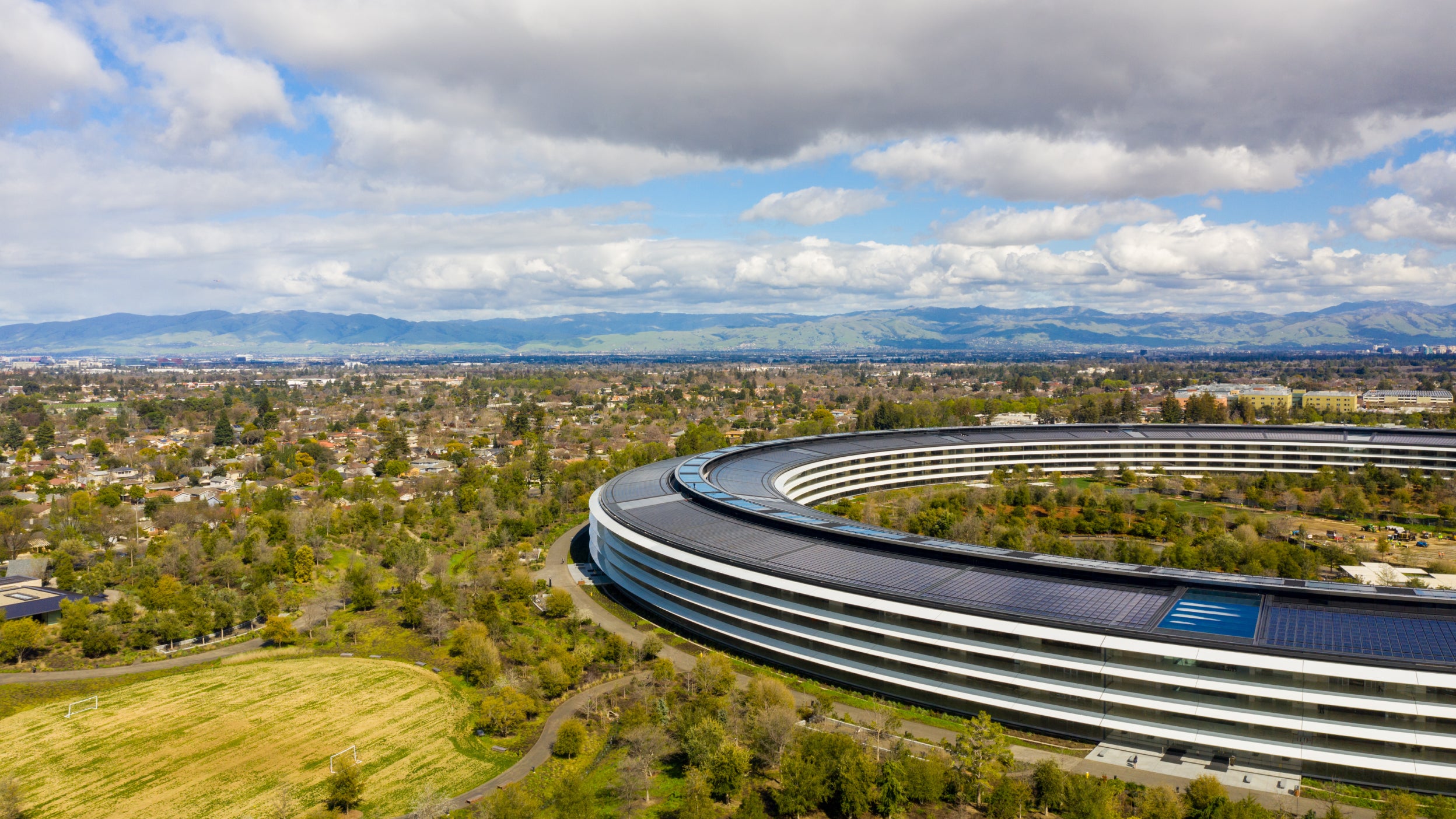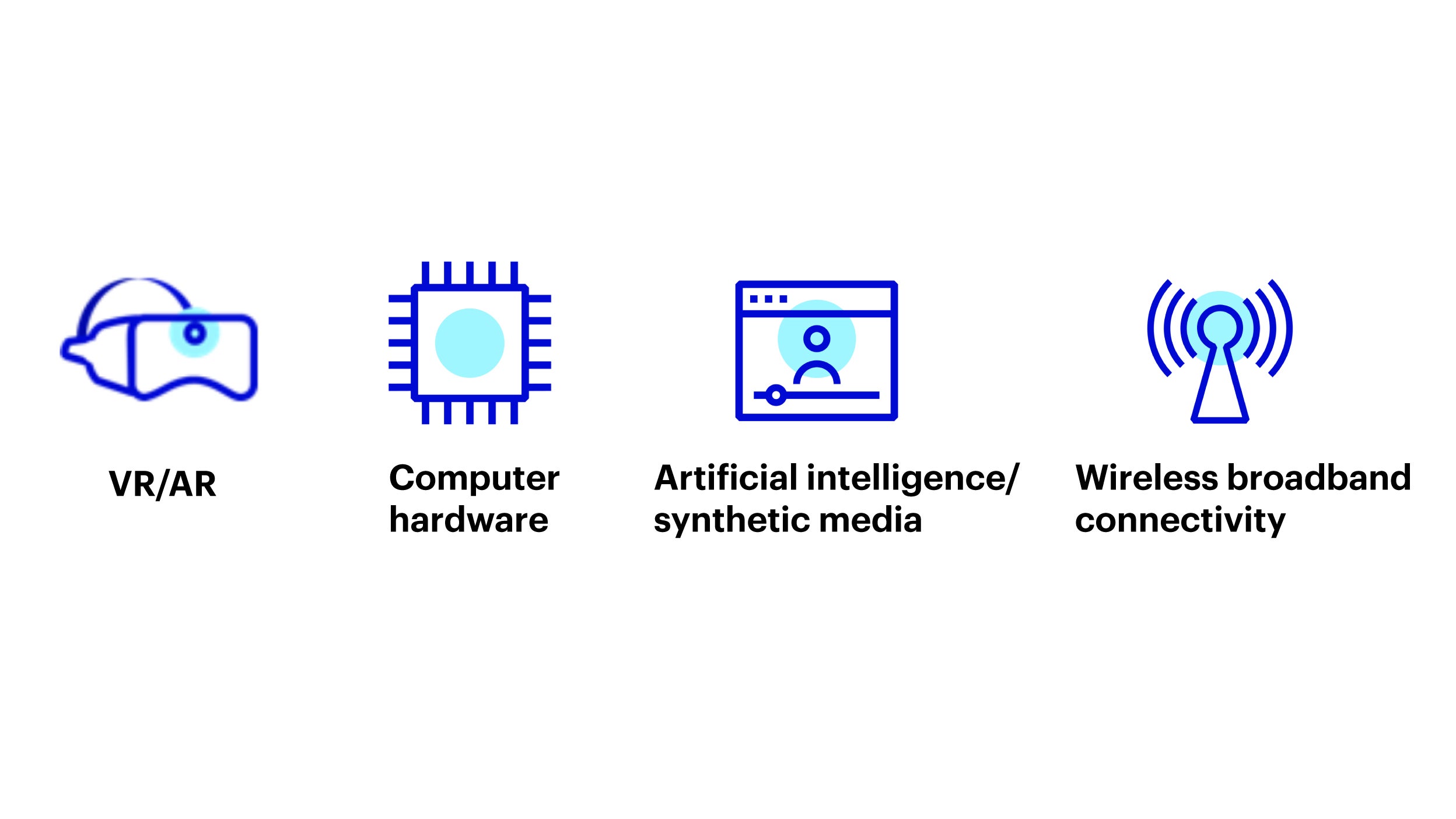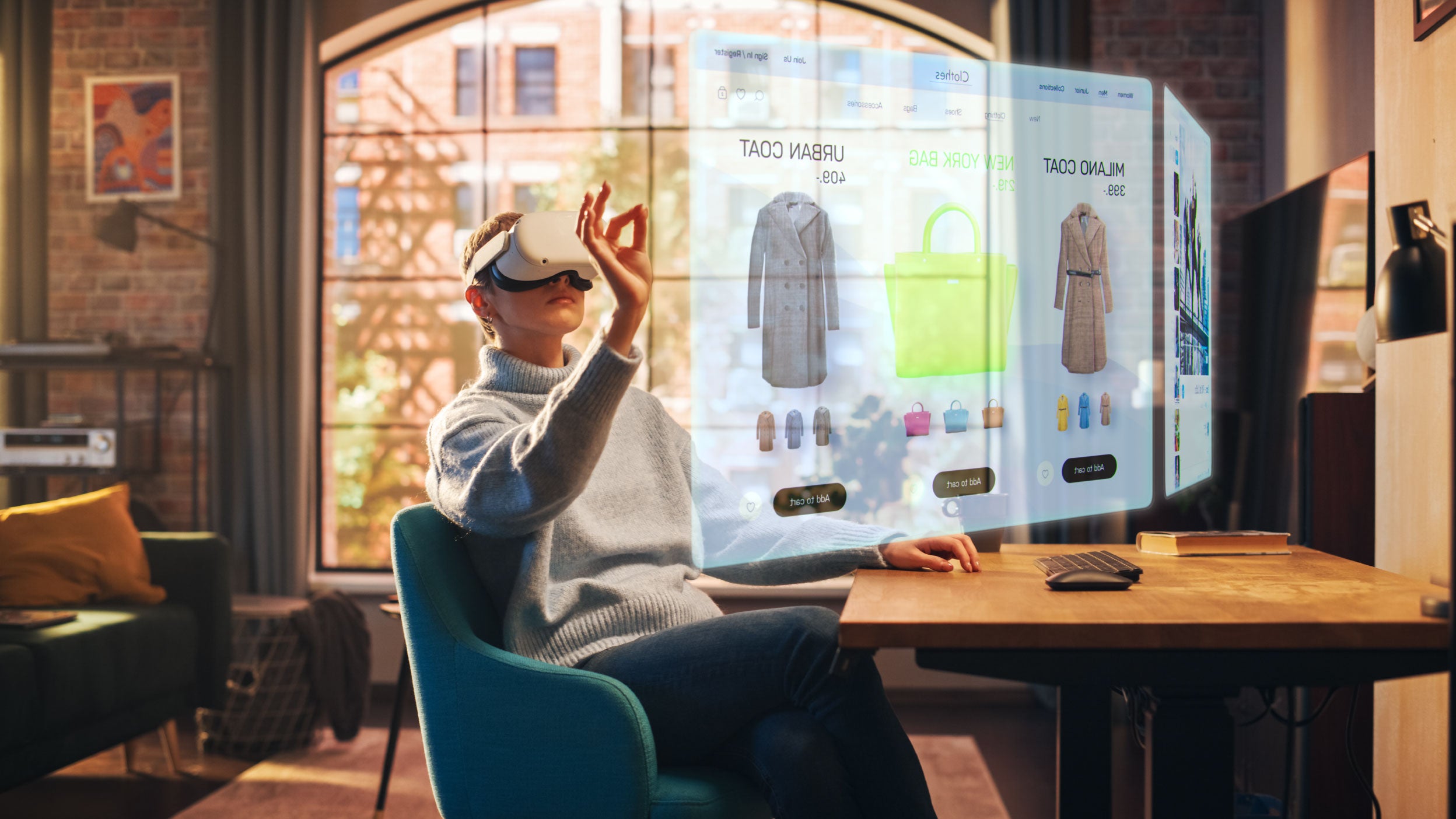
How investors can participate in the AI Boom
James McDermottroe, looks at some of the latest trends in AI and how stocks in the portfolio are placed to take part in this Megatrend.

Given Apple’s history of successfully launching mass-market products, like the iPhone, the announcement of its upcoming mixed reality headset garnered a lot of attention when it was announced over the summer. Our team had the event marked in our diaries, because we believe VR/AR to be one of four key enabling technologies required for the Metaverse to reach its full potential.

Already this year, we’ve seen huge excitement around developments in AI, with the launch of generative AI models such as ChatGPT. Is the launch of Vision Pro an ‘iPhone moment’ for the Metaverse?
It’s too early to say and it has been no surprise that there’s been plenty of excitement and scepticism in equal measure. True augmented reality headsets still face massive technical challenges over size, weight, screen resolution, heat and battery life, but the Vision Pro has appeared to deliver an impressive experience that brings the future further forward.
The question most people are left asking is who exactly is going to buy a US$3,499 headset, that is likely to be redundant in a few years? Apple have reportedly pared sales estimates to less than a million devices, with early buyers likely to be Super Fans or those intrigued by the novelty factor.
What is clear is that Apple’s entry into the VR/AR market is further evidence of progression toward a fully immersive, 3D Metaverse. The theme is alive and well, with big developments in two of the four key enabling technologies so far this year.
So far, the most exciting use cases for VR/AR are still in the industrial metaverse, where the technology is already being used in civil engineering, industrial design, assembly lines and factory floors. We’ve seen headsets used for training in high-risk environments or in preparation for patient surgery (cervical cancer, conjoined twins separation). The productivity gains for business/enterprise use easily justify investment in expensive VR/AR headsets.
What’s exciting about Apple entering the fray is their ability to marry the hardware with their operating systems. The launch event was for the benefit of Apple’s army of developers, who have already begun exploring how to adapt apps that could benefit from a fully immersive 3D element. Immersive video from Disney will be available on Vision Pro, while Adobe, Cisco and Microsoft are among companies that have started developing apps. Apple also announced a partnership with game-development software maker Unity, to bring more apps and experiences to its platform.
The Metaverse remains early stage and is likely to remain device agnostic for the moment, primarily accessed through PCs, smartphones and tablets. However, the developments we’ve seen so far this year in AI and VR/AR headsets make us more confident in the theme than ever. Combined with more powerful chips and better network connectivity, the improved infrastructure will enable an ever-expanding field of Metaverse capabilities. This will ultimately lead to more real-world experiences and assets being digitised, with users eventually being able to go seamlessly from one experience to another.
The Invesco Metaverse strategy currently has significant exposure in the computer, hardware, and networks segments. These all have a critical role to play in developing the technology and infrastructure needed to support fully immersive, 3D, real-time Metaverse experiences. We’re constantly looking to understand changing industry dynamics, identify beneficiaries of exciting, emerging leading-edge technologies and assess what is priced in against realistic expectations.
Shape the future. Invest in undervalued companies that help facilitate, create, or benefit from, immersive virtual worlds for both consumers and enterprises.

How investors can participate in the AI Boom
James McDermottroe, looks at some of the latest trends in AI and how stocks in the portfolio are placed to take part in this Megatrend.

Why generative AI is exciting for the Metaverse
ChatGPT brought the term 'generative AI' into the mainstream. But what does it do, and how can it help make the Metaverse possible? We explore the opportunities in our latest article.
The value of investments and any income will fluctuate (this may partly be the result of exchange rate fluctuations) and investors may not get back the full amount invested.
The strategy may invest in certain securities listed in China which can involve significant regulatory constraints that may affect the liquidity and/or the investment performance of the strategy. The strategy invests in a limited number of holdings and is less diversified. This may result in large fluctuations in the value of the strategy. As this strategy is invested in a particular sector, you should be prepared to accept greater fluctuations in the value of the strategy than for a strategy with a broader investment mandate. As a portion of the Strategy may be exposed to less developed countries, you should be prepared to accept large fluctuations in the value of the Strategy.
Views and opinions are based on current market conditions and are subject to change.
This is marketing material and not financial advice. It is not intended as a recommendation to buy or sell any particular asset class, security or strategy. Regulatory requirements that require impartiality of investment/investment strategy recommendations are therefore not applicable nor are any prohibitions to trade before publication.
EMEA3093698/2023